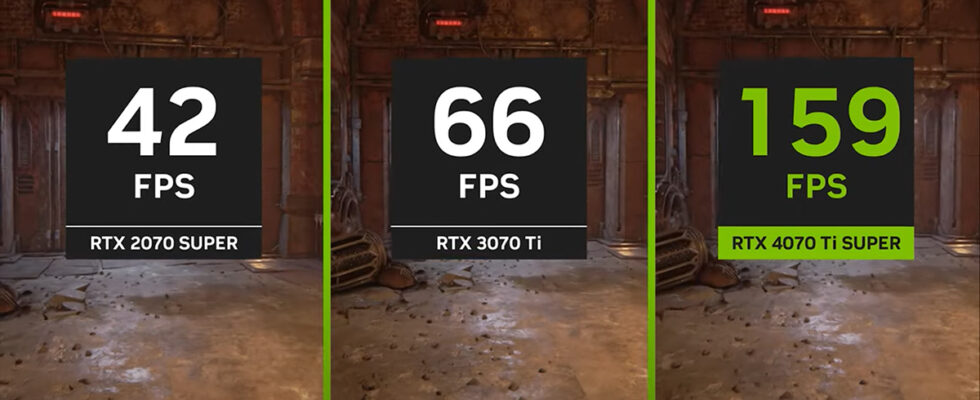Nvidia seeks to redefine video rendering with its new RTX Video HDR feature, which transforms standard videos into high-quality HDR images using artificial intelligence. This innovation marks an important milestone for users of RTX graphics cards, promising a notable improvement in visual quality.

Recent advances in the field of graphics cards, like the arrival of the GeForce RTX 4070 Super, illustrate constant technological progression. These developments are complemented by initiatives aimed at enrich the visual aspect of video gamesfor example, through the addition of ray tracing andtexture improvement in classic titles thanks to theartificial intelligence.
Nvidia’s DLSS technology plays a key role in this evolution,improving the image quality of games while maintaining optimal performance. This approach to innovation is fully manifested with the launch of RTX Video HDRa new feature that transforms standard colors into high quality HDRoffering a notable visual improvement on adapted screens.
Nvidia RTX GPUs now transform standard graphics into HDR thanks to AI
Nvidia introduces RTX Video HDR. HDR, or High Dynamic Rangeis a technology that improves image quality by increasing the contrast between the darkest and brightest areas of a scene. This allows for more detailed images, with richer and more varied colorsthus providing a visual experience more realistic and immersive. This new feature is part of the latest update 551.23 Game Ready Driver which coincide with the launch of the new RTX 4070 Ti Super. This feature is accessible through the graphics card’s control panel and works with both Microsoft Edge and Google Chrome.
In addition to RTX Video HDR, the Nvidia driver update brings another significant improvement for gamers: lUltra Low Latency mode for games using DirectX 12. This feature is especially important for those looking to play more fluidly and responsively. By simplifying, it adjusts the way graphics tasks are processed by the GPU card, allowing almost instantaneous reaction to player action on screen. This is a major step forward for games requiring quick reflexesoffering players a notable competitive advantage. In short, with the introduction of RTX Video HDR and Ultra Low Latency mode, Nvidia is making notable technical changes, aimed at improving visual quality and responsiveness in games.
